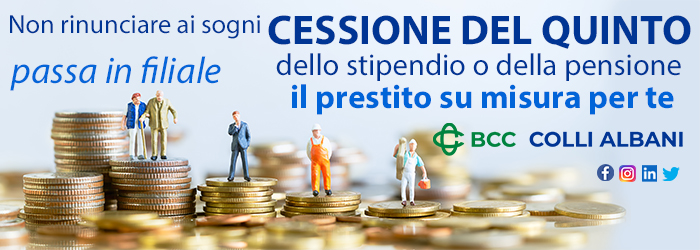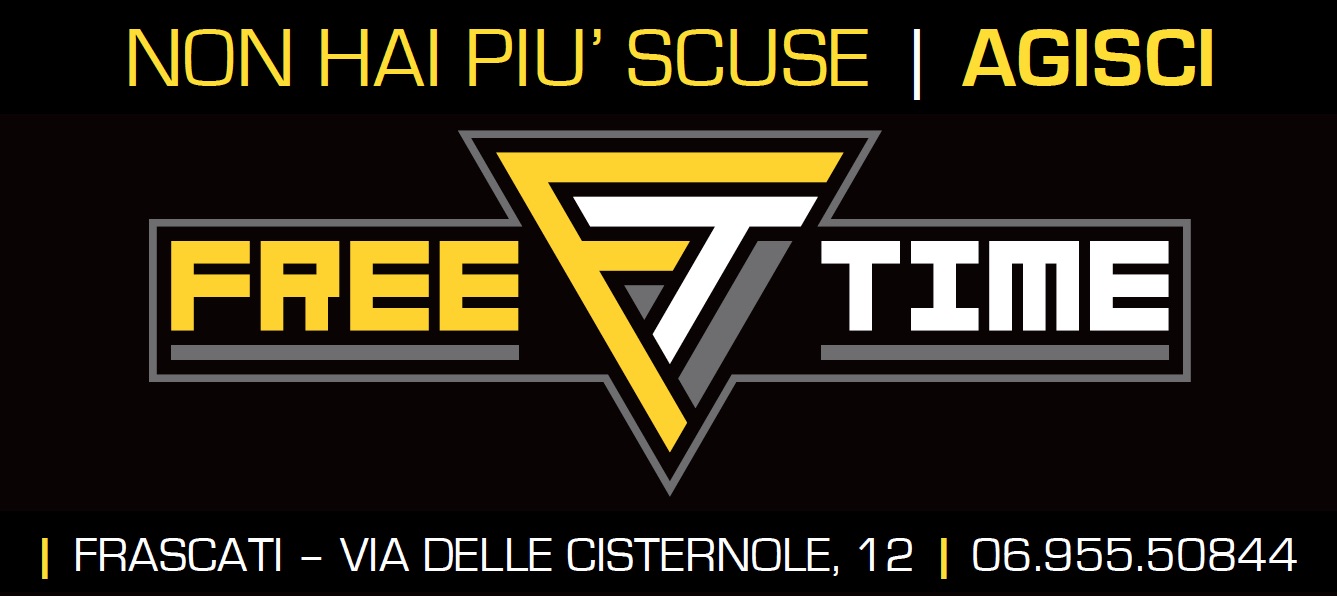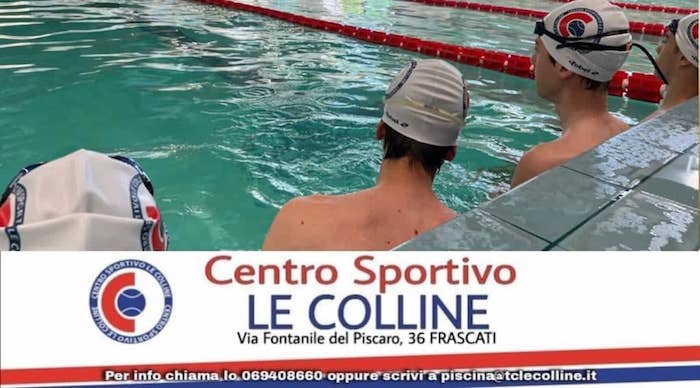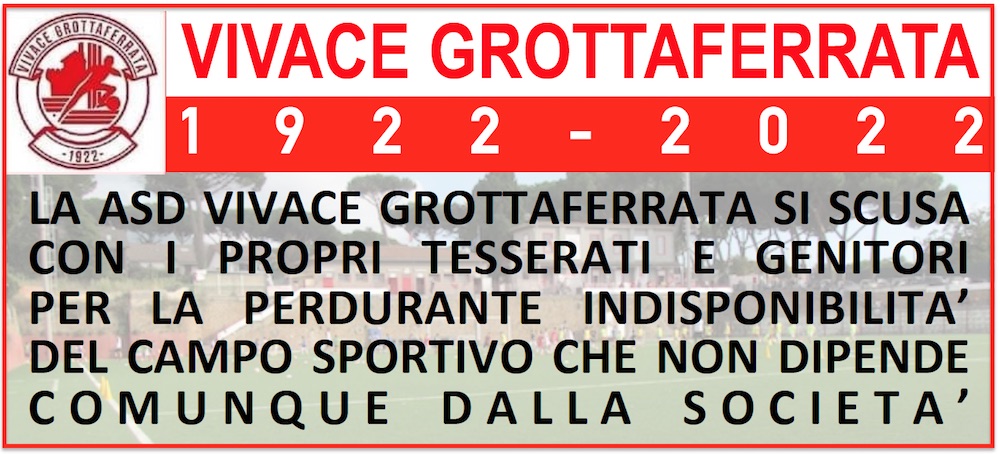Published: Tuesday, 11 October 2022 – News editing
 FRASCATI (current affairs) – The synodal journey will cover the period October 2022 – June 2023
FRASCATI (current affairs) – The synodal journey will cover the period October 2022 – June 2023
ilmamilio.it – exclusive content
The Diocesan clergy devoted most of its collegiate meetings, on the three mornings of September, to synodal journey which awaits us at the diocesan level from October 2022 to June 2023. The themes that the Holy See and the CEI have proposed to all the dioceses of the world have been examined in depth. These issues concerned the fires and construction sites that are indicated for the next annual work, and on which, at the diocesan and parish level, the work of listening and sharing will focus.
Here are the three fires: listening to the “worlds” (poor, young people, women, professions, cultures …); co-responsibility and formation of pastoral workers; streamlining of ecclesial structures. Each local Church, then, will choose a fourth site, on the basis of the diocesan synthesis elaborated at the end of the first year of listening, valuing a priority resulting from its diocesan synthesis or from the Synod that is celebrating or has recently concluded. The Diocesan Clergy, in the aforementioned meetings, chose, for various reasons, as the 4th diocesan focus to continue to deepen the three-year plan dedicated to: The Eucharist: source, model, summit of Christian life, and paradigm of synodality. The three-year diocesan plan thus becomes four-year. The background is represented by the icon of Martha and Mary (cf. Lk 10, 38-42). The method will always be “spiritual conversation”.
Here are the construction sites in detail: construction site of the villages (while walking Jesus entered a village): how to listen to “the worlds”, especially those unheard or almost in the first year: young people, women, poor and frail; but also the worlds of culture and art and the worlds of professions; towards which vital environments do we feel pushed to broaden the range of our listening? What differences call for specific attention on the part of Christian communities? Which languages do we need to become more proficient in? How can we learn a language other than “ecclesialese”? As an ecclesial community, from which actors or social groups can we say that we have learned something? What were we surprised by? What initiatives do we offer to make historical and artistic heritage usable as a spiritual experience? How can we adapt the method of spiritual conversation to the different spheres of social and civil life? Site of the diaconies (Jesus is hosted, Martha is taken up by many services …): how can we listen to the request of the laity for “co-responsibility” and not only for collaboration? How does the priestly ministry change in relation to this? How are possible new formative paths emerging? What are the relationship needs on the part of those who exercise a responsibility in the Christian community (regardless of whether he is a priest, religious or lay person)? What can help “free up” the time needed to care for relationships? There is a thirst for spirituality. How to cultivate an authentically Christian and, therefore, embodied spirituality? What dynamics can foster the co-responsibility of all the baptized? How to involve women and families in the formation and accompaniment of priests? How can we build formative itineraries to the dimension of “walking together” for the different figures and different subjects of the ecclesial community (priests, religious, lay people)? Construction site of the houses (Martha welcomed Jesus into her house; the scene takes place in the house): how to make the Christian community a welcoming home for all?
There is a thirst for spirituality. How to cultivate an authentically Christian and, therefore, embodied spirituality? What dynamics can foster the co-responsibility of all the baptized? How to involve women and families in the formation and accompaniment of priests? How can we build formative itineraries to the dimension of “walking together” for the different figures and different subjects of the ecclesial community (priests, religious, lay people)? Construction site of the houses (Martha welcomed Jesus into her house; the scene takes place in the house): how to make the Christian community a welcoming home for all? What structures to streamline so that people are listened to and not served anxiously? How can a parish community become an ordinary place for listening to the Word and to life? What functions and commitments are really needed by the community and how many are only aimed at maintaining the structure? What authority are we willing to recognize in the bodies of ecclesial participation in the exercise of the common baptismal vocation? What do the men and women of our time desire to feel at home at all times? To welcome means to make room. What steps backwards are we willing to take, as Christian communities, to be more open and welcoming? The commitment of deepening, listening, sharing both at the diocesan level and at the parish level will continue on these fires and on these construction sites during the coming months.
What structures to streamline so that people are listened to and not served anxiously? How can a parish community become an ordinary place for listening to the Word and to life? What functions and commitments are really needed by the community and how many are only aimed at maintaining the structure? What authority are we willing to recognize in the bodies of ecclesial participation in the exercise of the common baptismal vocation? What do the men and women of our time desire to feel at home at all times? To welcome means to make room. What steps backwards are we willing to take, as Christian communities, to be more open and welcoming? The commitment of deepening, listening, sharing both at the diocesan level and at the parish level will continue on these fires and on these construction sites during the coming months.

